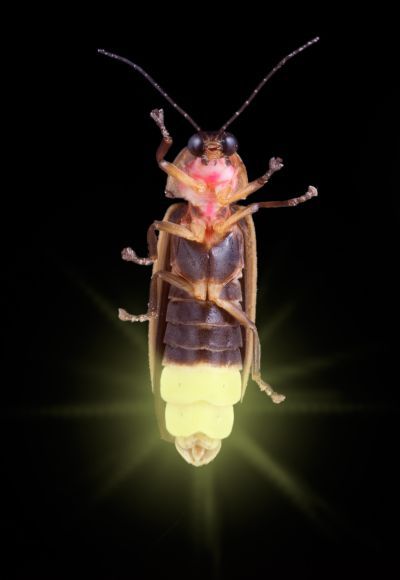Your support helps us to tell the story
From reproductive rights to climate change to Big Tech, The Independent is on the ground when the story is developing. Whether it's investigating the financials of Elon Musk's pro-Trump PAC or producing our latest documentary, 'The A Word', which shines a light on the American women fighting for reproductive rights, we know how important it is to parse out the facts from the messaging.
At such a critical moment in US history, we need reporters on the ground. Your donation allows us to keep sending journalists to speak to both sides of the story.
The Independent is trusted by Americans across the entire political spectrum. And unlike many other quality news outlets, we choose not to lock Americans out of our reporting and analysis with paywalls. We believe quality journalism should be available to everyone, paid for by those who can afford it.
Your support makes all the difference.The time-honoured Japanese tradition of admiring fireflies in the evening sky has been put back by at least a week in most parts of the country, due to poor weather and cool temperatures between February and April.
Weather reporting firm Weathernews Inc. has announced that the creatures are expected to take wing in early June in southern parts of the country but residents of the northern Tohoku district and the island of Hokkaido will not see these harbingers of the summer until early July.
Known in Japanese as "hotaru," fireflies are a metaphor for passionate love in Japanese literature and poetry as far back as the 8th century, while their flickering tail lights are also believed to be the souls of soldiers who have fallen in battle.
"Hotaru no Hikari" ("The Light of the Firefly") is a popular traditional song that is sung at events signifying a farewell, such as a university graduation ceremony, and is sung to the same tune as the Scottish folk song "Auld Land Syne."
Undeterred by the weather, Yokohama's Sankeien Garden has set June 5 to 13 for its annual Firefly Evenings event and is expecting more than 1,000 visitors, while the Fussa Firefly Park, in the western suburbs of Tokyo, will also be busy with visitors.
Firefly numbers have declined sharply in recent years due to pollution and the destruction of their natural habitats, while a newer problem has been poaching. Unscrupulous dealers have plundered known firefly districts and sold the bugs to hotels and restaurants for firefly displays.
Some towns have introduced firefly patrols to ward off the thieves.
Fireflies inhabit countryside areas that have clean, running water, although a new strain of the species can often be seen in Japanese cities today. Known as the "hotaru-zoku," or firefly tribe, these are the men forced to go out on the balcony of an evening by their wives who do not want them to smoke in the apartment.
Venue:
Yokohama Sankeien Garden, 58-1 Sannotani, Honmoku, Naka-ku, Yokohama, Kanagawa Prefecture. Gardens open from 9 a.m. to 9 p.m. Entrance is Y500 (€4.45).
www.sankeien.or.jp
+81 45 621 0634
JR

Join our commenting forum
Join thought-provoking conversations, follow other Independent readers and see their replies
Comments